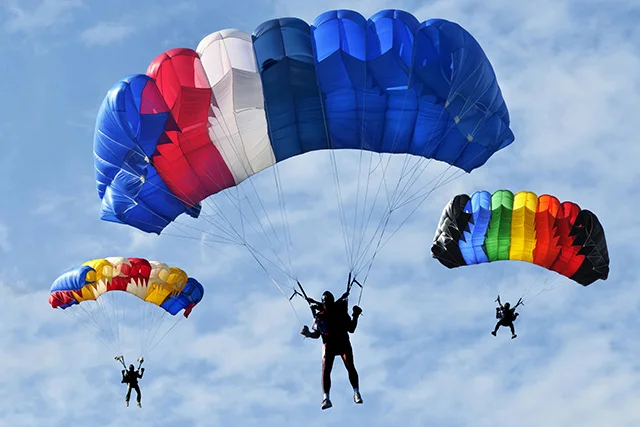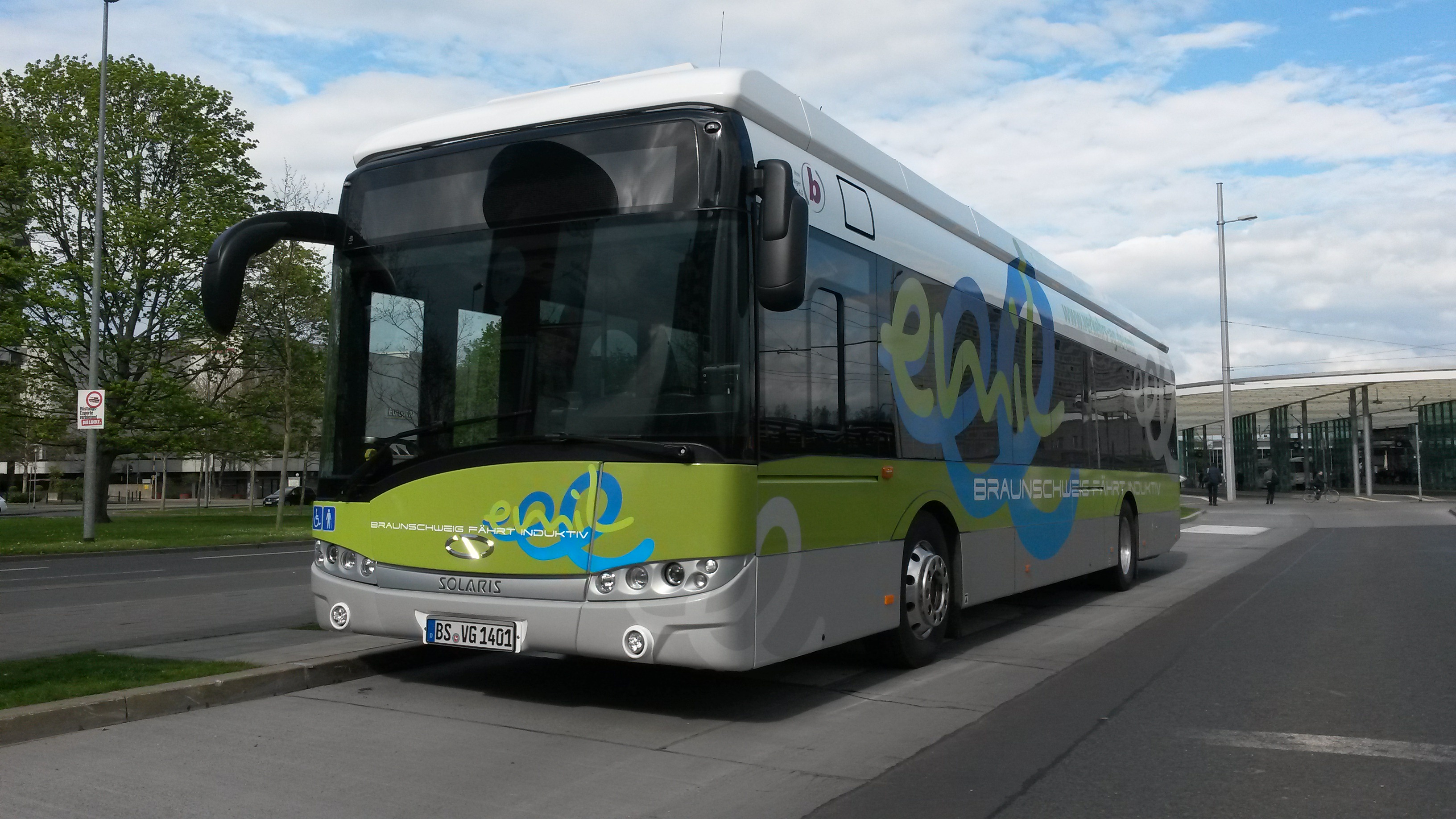
Parachute shapes from round domes to rectangular ram‑air wings, aren’t arbitrary. They’re carefully designed to optimize drag, stability, and steering control, essential for safe airborne descent. A canopy increases surface area (A) in the drag equation, slowing terminal velocity to around 5–6 m/s. Round, dome-shaped chutes maximize drag but offer little steering and tend to sway, which is why ram‑air rectangular designs are preferred in skydiving today.
Round / dome parachutes were historically common in military and emergency drops. They inflate quickly and predictably, and often feature a top vent that prevents oscillation. While reliable, they offer limited horizontal control.
By contrast, ram‑air parachutes use multi-cell rectangular wings that inflate into an airfoil shape, enabling steering and softer landings. Their lift increases glide ratio, giving skydivers precision control during descent.
Specialty designs like cross‑shaped, ribbon, or ring parachutes excel in high-speed scenarios such as supersonic ejections or space launches by allowing air to vent through openings, minimizing opening shock.
Ultimately, the canopy shape determines drag coefficient, stability, ease of opening, and maneuvering capability. From circular safety chutes to sport parachutes’ ram‑air wings, each design reflects a balance between simplicity, control, and context. Thus, parachute shapes are purposeful solutions to aerodynamic challenges rather than mere aesthetics.
Tags:
Post a comment
AI Robot gives 240 Massages—Is this the end for Human...
- 01 Aug, 2025
- 2
AI Got Clever, Not Genuinely Conscious
- 24 Jul, 2025
- 2
Killer specs, Killer price’: Redmi targets budget buyers!
- 29 Jul, 2025
- 2
OnePlus announces big sale this independence day!
- 01 Aug, 2025
- 2
Grab Iphone 16 at just Rs. 33,999 at great freedom...
- 04 Aug, 2025
- 2
Categories
Recent News
Daily Newsletter
Get all the top stories from Blogs to keep track.

















